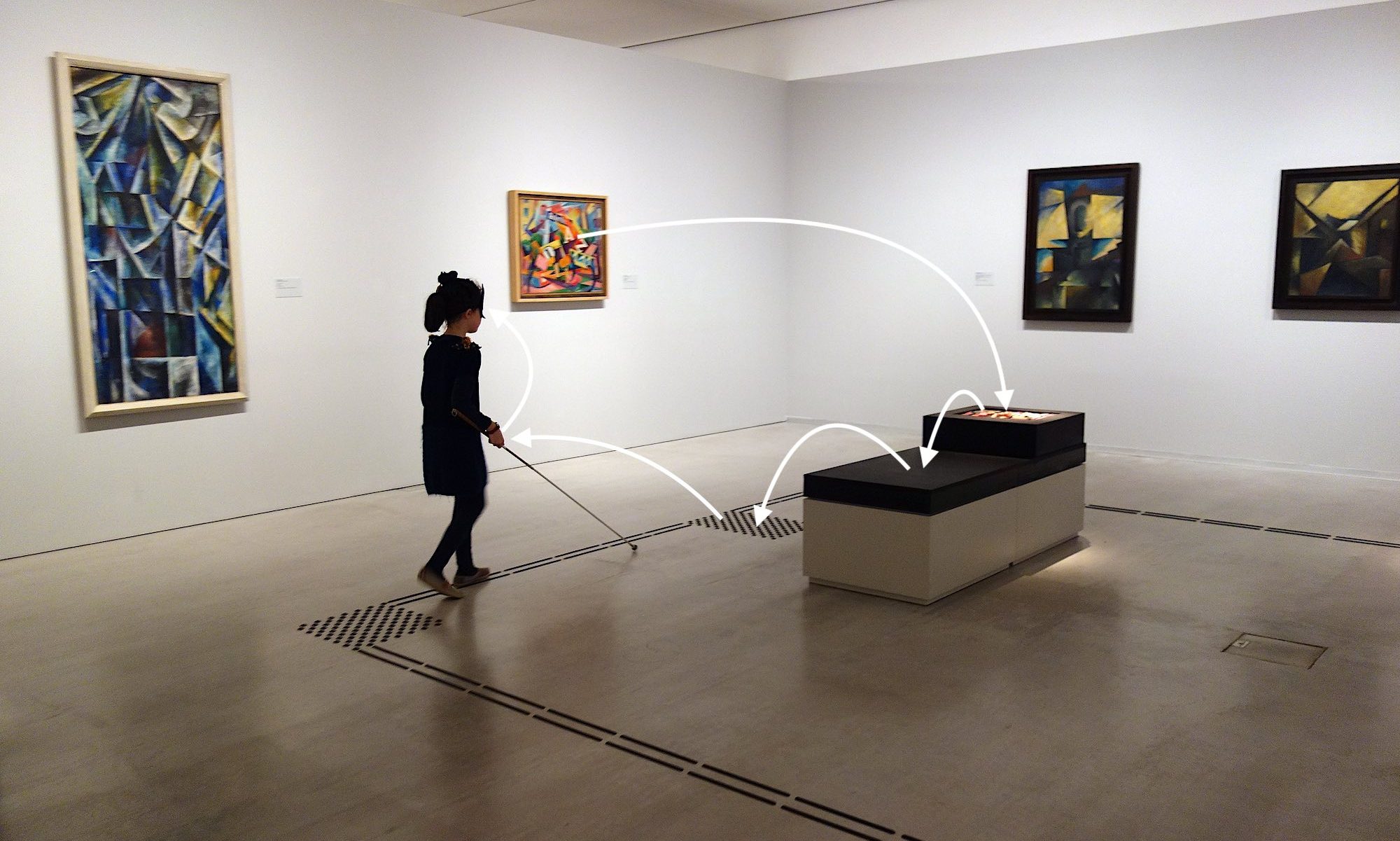I have been regularly involved with cost issues for over 13 years and have implemented many projects. Most of the consulting and design projects have been for museums, but also in the wider education sector or in architecture and product development. In recent years, the implementation of inclusive goals has gained momentum. As a rule, it succeeds best where diversity is demanded as a matter of course by one decision-maker person in the company or institution with commitment. The reaction of the uninvolved is quite openly or in thought almost always “ well, for these few people we should spend so much money? Who pays the costs for inclusion?“.
I have an answer for that. It’s below, but you have to read the few lines in between to interpret it. I thought about it for a long time and finally found the clue to the problem within the question itself. After all, inclusion is not actually in question because of the cost, but, and this is my analysis, because it is not taken for granted. By „taken for granted,“ I mean something like laying power lines when you build a house. You use it to make sure the building is accessible, in some sense barrier-free, through lighting – especially if you’re going to use it at night. And you use it to operate your assistive devices, such as washing machines and heating, for people whose own energy is not sufficient for all tasks. So without electricity, the people who use the building would be very handicapped.
For the following reasons, among others, Germany is probably also in last place in the EU comparison when it comes to the implementation of the specifications by the EU and the UN. We usually don’t live with our parents or grandparents in the same house and experience every day how exhausting it is to get old once our legs and eyes don’t work anymore. We did not go to the same class with the (10%!) children who were and are sent to „special“ schools simply because of physical characteristics. That’s why we don’t know them and aren’t friends with them. That is why we have not learned to consider that they also are part of us and that it must be indisputable that all people can live as self-determined and cohabited as possible. We have not learned this. We have to make up for it, and we have a lot of catching up to do.
Now to the answer promised above, where does the money come from?
You will find it in the total budget (and not even hidden). Here’s how: When you cost a project, you require all service providers and internal project participants to „think of the power lines for your house up front.“ You will rightly expect this of all professionals in every trade involved in building a house. It’s unthinkable to do otherwise.
Expect it just as naturally that your partners think inclusively and with everyone in mind; that they already set the course in the conception and – if necessary with the involvement of consultants and experts – revise the non-inclusive ideas, because insufficient, once again to find better solutions.
If your calculation exceeds the budget as a result, the budget is set too low or elaborate creative solutions together to make changes to material, scope, size, execution, duration, etc., in order to achieve your goal.
That’s the way it’s always been. In the past, however, it was usually because you didn’t take various things into account (see above). You will all agree that human rights are non-negotiable, but maybe other things are.
And it works! With fantastic and unique results that inspire project participants and users. I know, because I have accompanied some teams in their work to the goal with team meetings, workshops and conception as well as consulting.





